Can you train through the pain to get even fitter?
It’s a universal truth in cycling: when the hard effort hurts too much, we back off and slow down. But can we train our ability to tolerate pain? Steve Shrubsall finds out
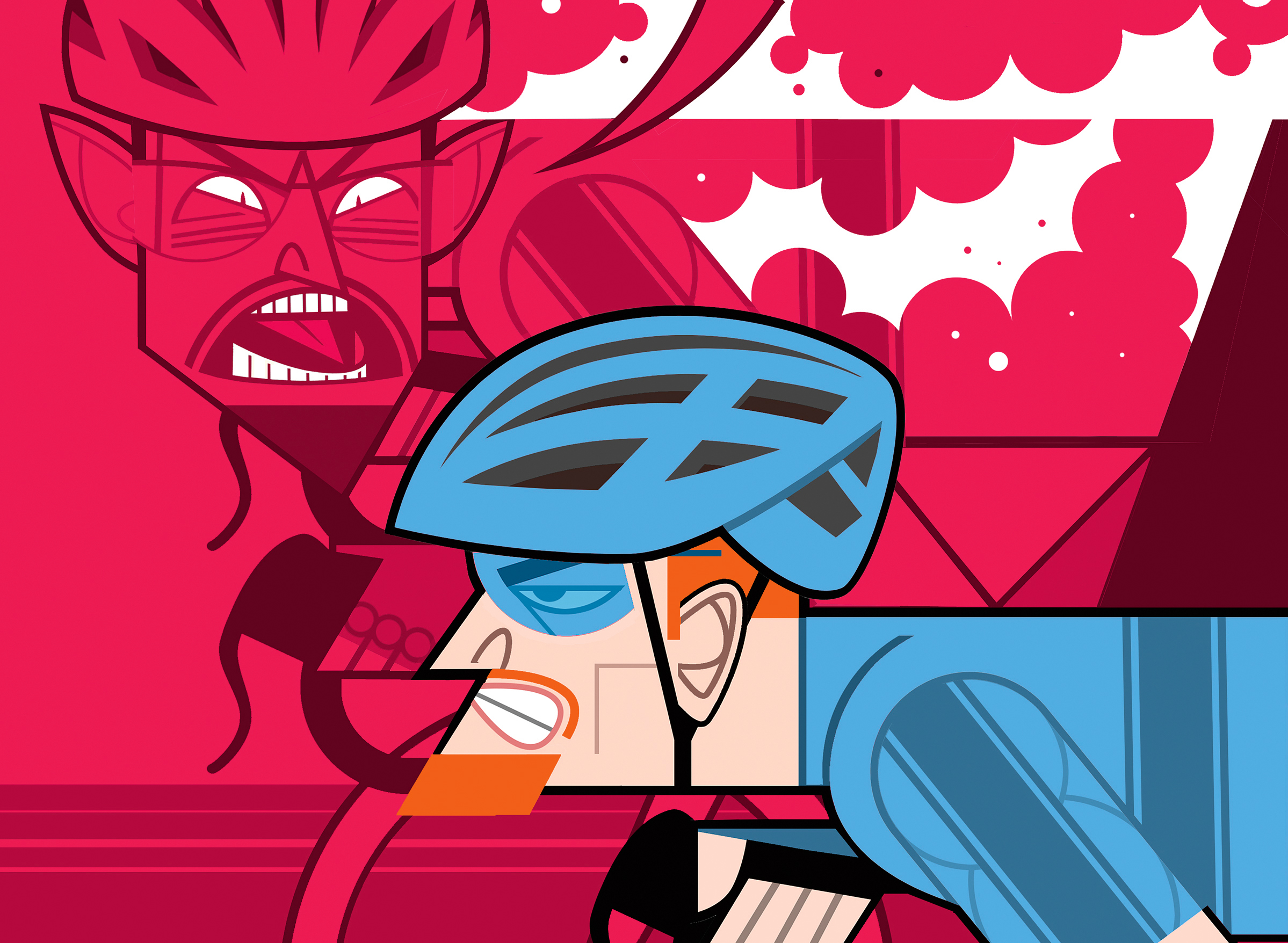
You’ve reached that stage in the race or ride where your body refuses to obey your brain. As much as you want to hang on to the back of the group you're riding with, your body replies: “Sorry, but that simply isn’t possible”.
>>>>Subscribe to Cycling Weekly magazine for more fitness features like this
You’ve no choice but to slow down; it hurts too much. As you roll along getting your breath back, you reconcile yourself to the fact your brain was writing cheques your body just couldn’t cash. But is it really that straightforward? What if your mind was over-interpreting the signals from your body which was, in reality, not yet anywhere near its limit?
Is it possible to train the mind to soak up more suffering, giving us the edge over the competition? Successful endurance athletes appear to have welcomed pain into their lives and set it a place at the table – just take a look at the thousand-yard stare of a Tour de France mountain climber for the perfect depiction of concentrated discomfort.
But are these levels of pain-tolerance available to us all? Can anyone raise the suffering ceiling? Here we look at the whys, the hows and the what-ifs of the pain game.
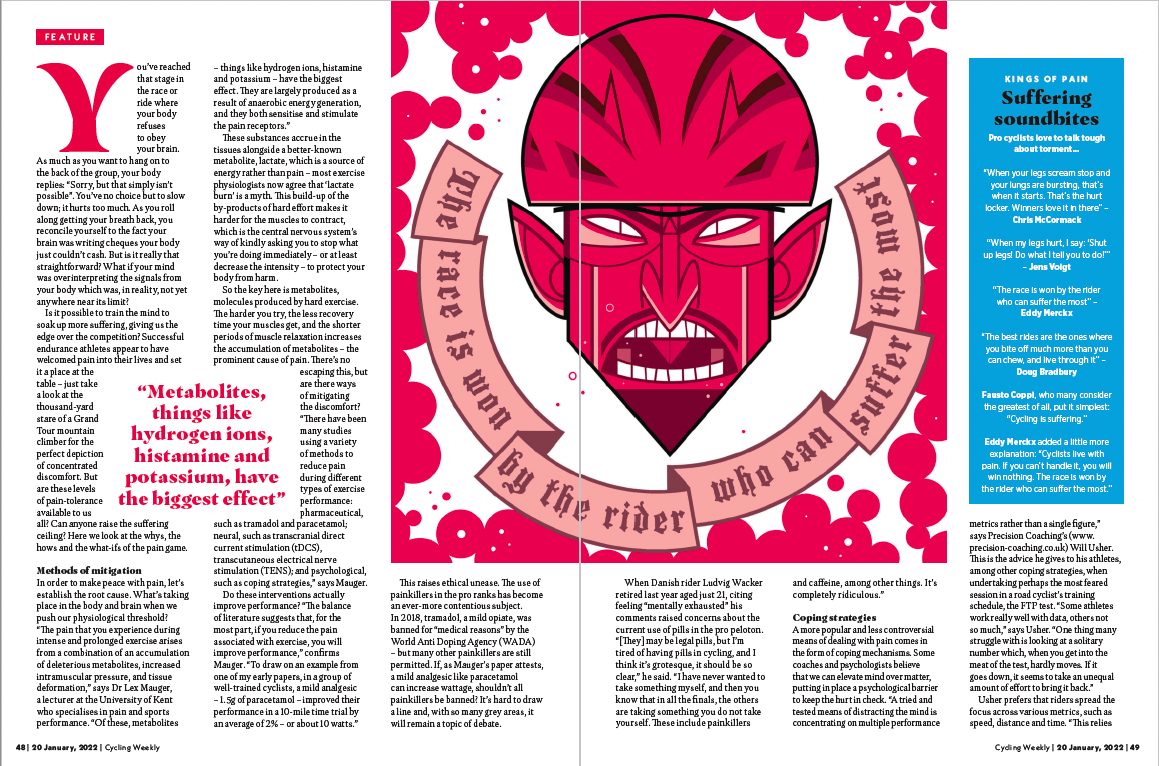
Cycling Weekly magazine January 20 looks at why we feel the burn
In order to make peace with pain, let’s establish the root cause. What’s taking place in the body and brain when we push our physiological threshold? “The pain that you experience during intense and prolonged exercise arises from a combination of an accumulation of deleterious metabolites, increased intramuscular pressure, and tissue deformation,” says Dr Lex Mauger, a lecturer at the University of Kent who specialises in pain and sports performance.
>>>>Sign up to the CW5000 and see how far you can ride
Get The Leadout Newsletter
The latest race content, interviews, features, reviews and expert buying guides, direct to your inbox!
“Of these, metabolites, things like hydrogen ions, histamine and potassium, have the biggest effect – they are largely produced as a result of anaerobic energy generation, and they both sensitise and stimulate the pain receptors.”
These substances accrue in the tissues alongside a better-known metabolite, lactate, which is a source of energy rather than pain – most exercise physiologists now agree that ‘lactate burn’ is a myth.
This build-up of the byproducts of hard effort makes it harder for the muscles to contract, which is the central nervous system’s way of kindly asking you to stop what you’re doing immediately – or at least decrease the intensity – to protect your body from harm.
The full feature appears in the January 20 edition of Cycling Weekly magazine, available to buy online and in print. You can also subscribe to Cycling Weekly, get more great fitness advice and have the magazine delivered every Wednesday.

Thank you for reading 20 articles this month* Join now for unlimited access
Enjoy your first month for just £1 / $1 / €1
*Read 5 free articles per month without a subscription

Join now for unlimited access
Try first month for just £1 / $1 / €1
Steve has been writing (mainly fitness features) for Cycling Weekly for 11 years. His current riding inclination is to go long on gravel bikes... which melds nicely with a love of carbs
-
 'I'll take a top 10, that's alright in the end' - Fred Wright finishes best of British at Paris-Roubaix
'I'll take a top 10, that's alright in the end' - Fred Wright finishes best of British at Paris-RoubaixBahrain-Victorious rider came back from a mechanical on the Arenberg to place ninth
By Adam Becket Published
-
 'This is the furthest ride I've actually ever done' - Matthew Brennan lights up Paris-Roubaix at 19 years old
'This is the furthest ride I've actually ever done' - Matthew Brennan lights up Paris-Roubaix at 19 years oldThe day's youngest rider reflects on 'killer' Monument debut
By Tom Davidson Published
-
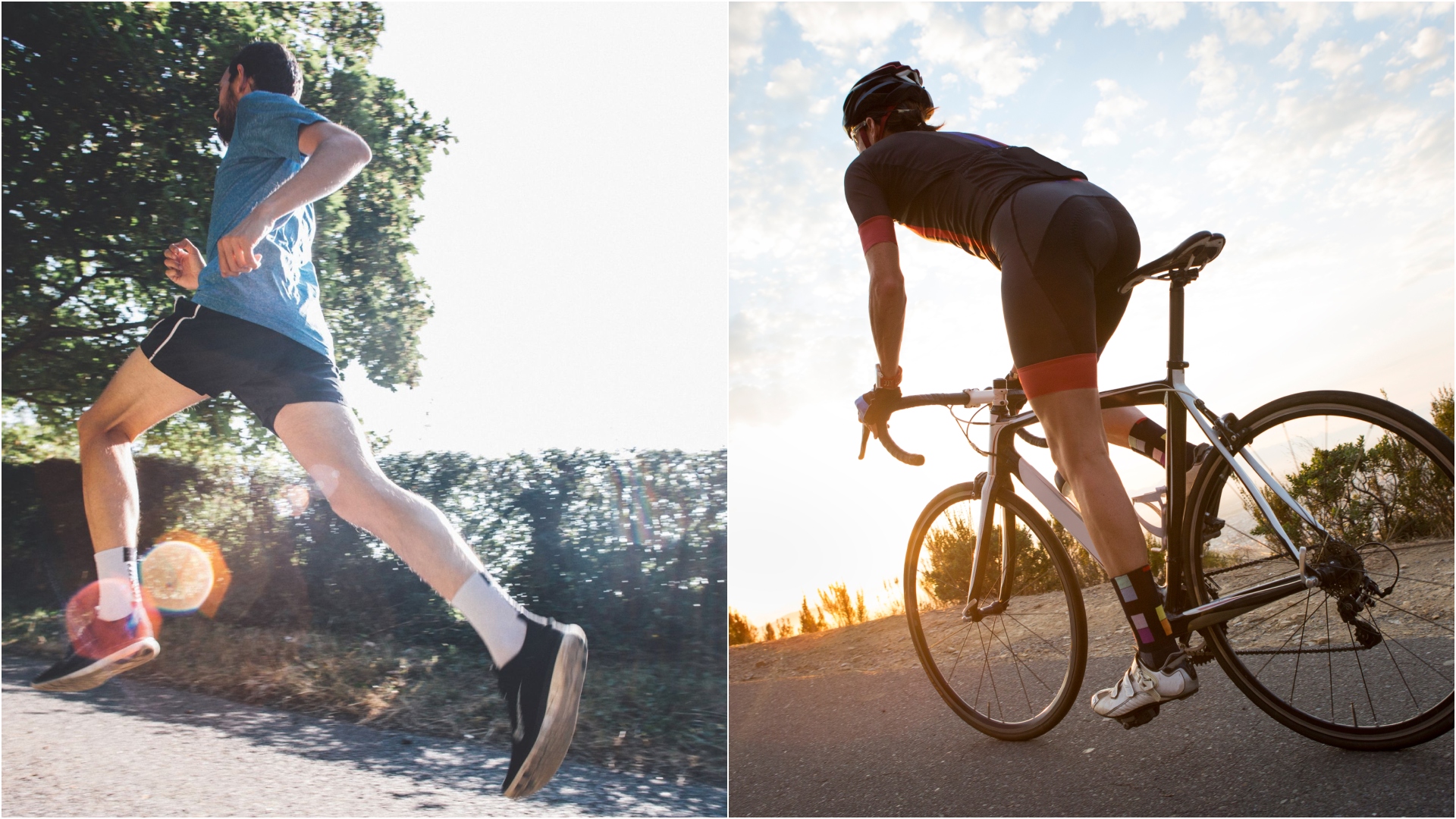 What is the biking equivalent of a 'couch to 5k' running challenge?
What is the biking equivalent of a 'couch to 5k' running challenge?Why it could be easier to train for a longer cycling event than a 30-minute run
By Caroline Dezendorf Published
-
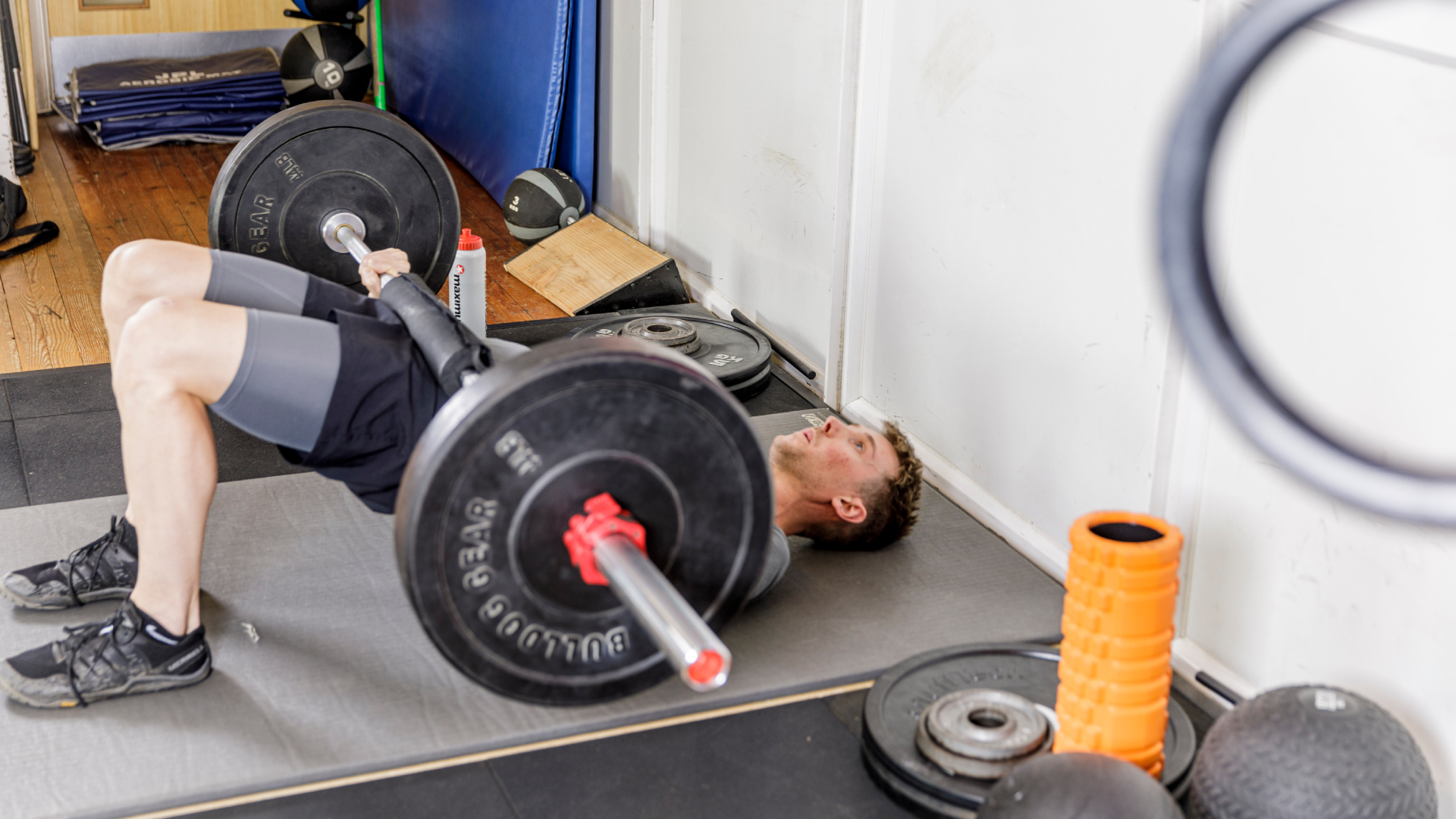 Does gym work really benefit your cycling fitness? Here’s how to mix up your training and reap the gains
Does gym work really benefit your cycling fitness? Here’s how to mix up your training and reap the gainsNo time for long winter miles outdoors but can’t face yet another turbo session either? Despair not! Coach Landry Bobo has an alternative winter plan to answer your prayers
By Landry Bobo Published
-
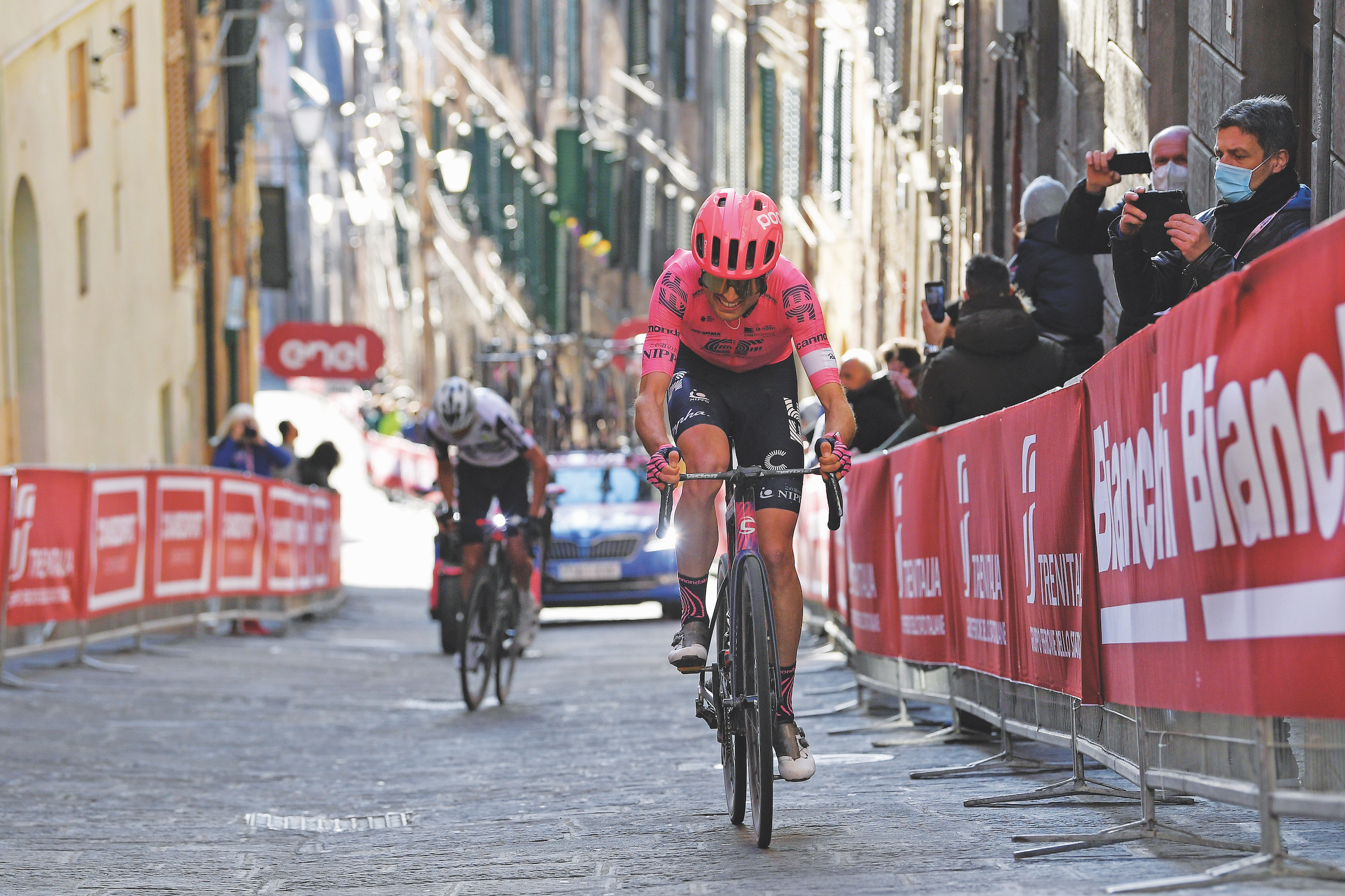 'I was able to pick and choose from two cycling cultures, French and English': Simon Carr on what formed him as a cyclist
'I was able to pick and choose from two cycling cultures, French and English': Simon Carr on what formed him as a cyclistThe dual-nationality rider on blending the best bits from two nations' cycling cultures
By David Bradford Published
-
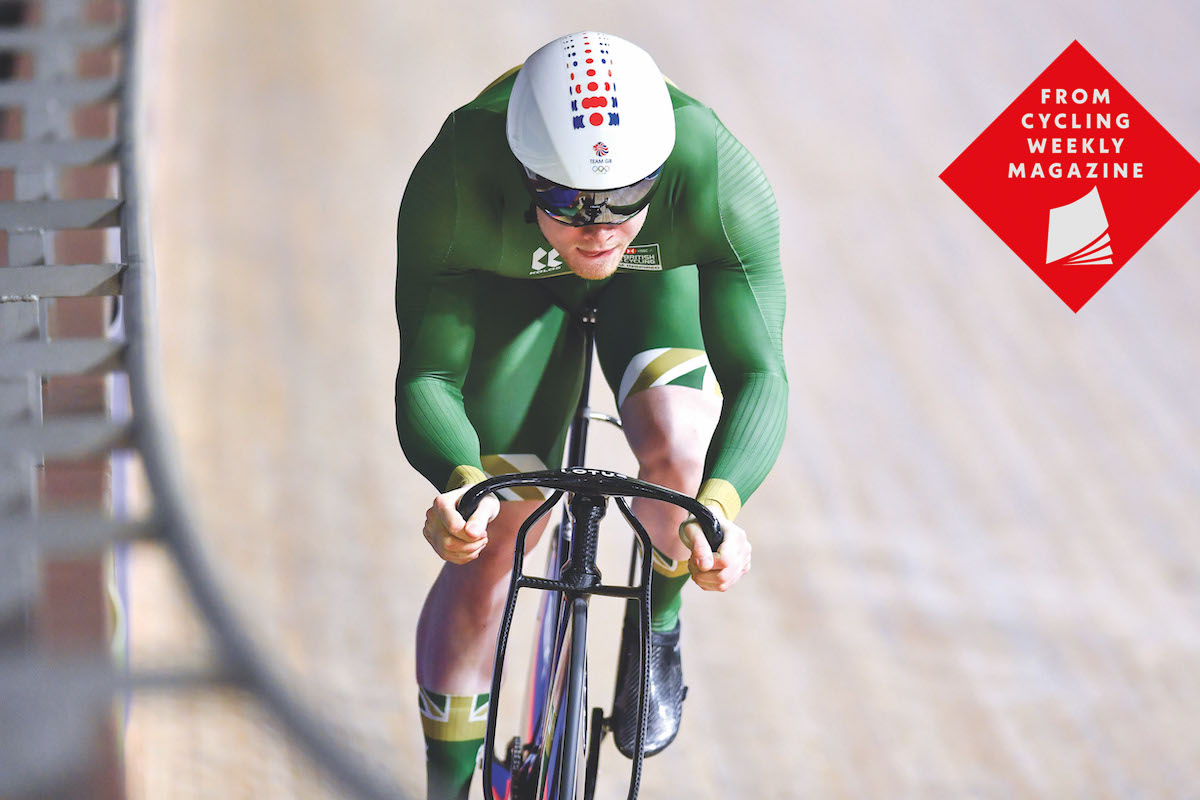 'I've always been able to empty myself to the point of throwing up': Jack Carlin on what makes a great sprinter
'I've always been able to empty myself to the point of throwing up': Jack Carlin on what makes a great sprinterThe GB sprint ace talks us through what it takes to go very, very fast over the shorter distances on the track
By David Bradford Last updated
-
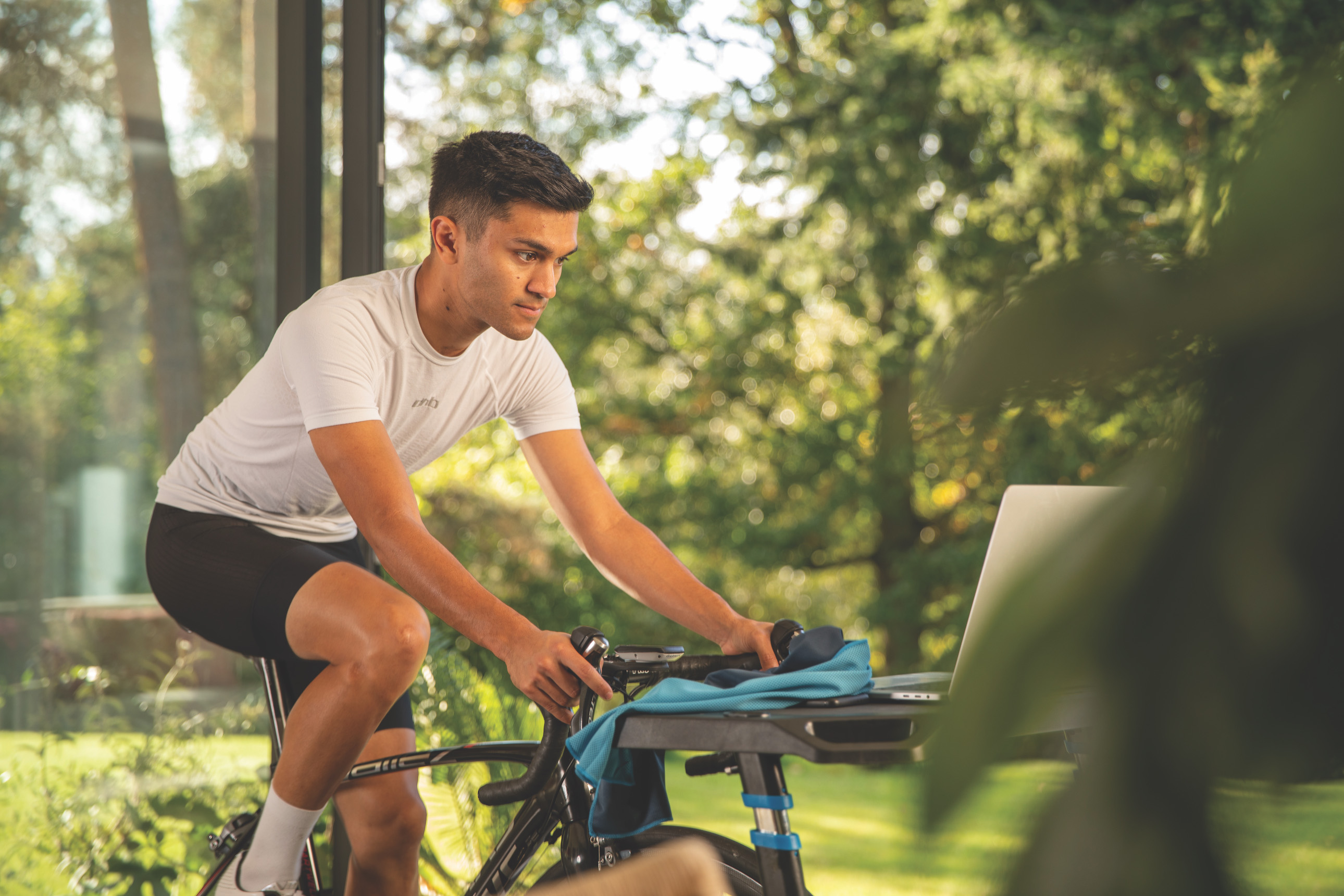 Lab to living room: How to benchmark your cycling fitness at home
Lab to living room: How to benchmark your cycling fitness at homePhysiological testing is no longer the preserve of the sports science lab. Hill-climb champion and coach Tom Bell explains how to measure your key benchmarks from the (dis)comfort of your home
By Tom Bell Published
-
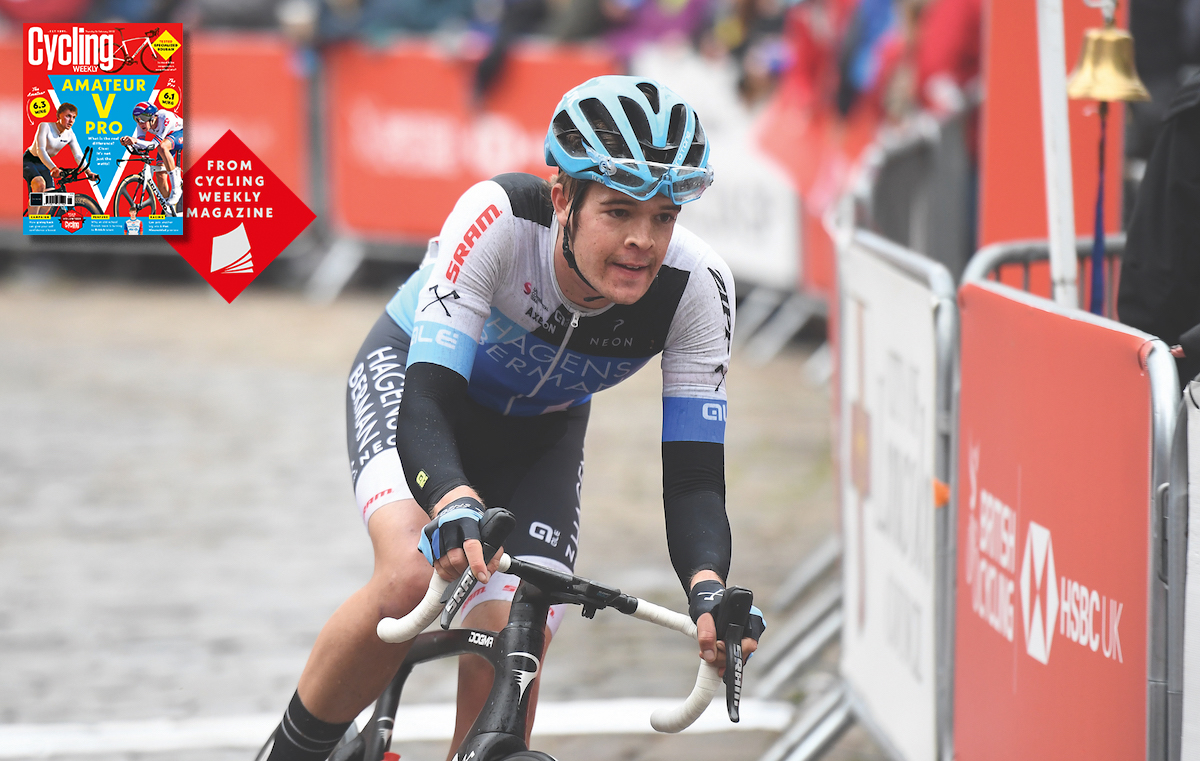 How many watts does it take to beat a pro cyclist?
How many watts does it take to beat a pro cyclist?What’s your dream threshold? Four, five, maybe even six watts per kilo… At what point does the target number become impossible except for pros? Joe Laverick finds out
By Joe Laverick Published
-
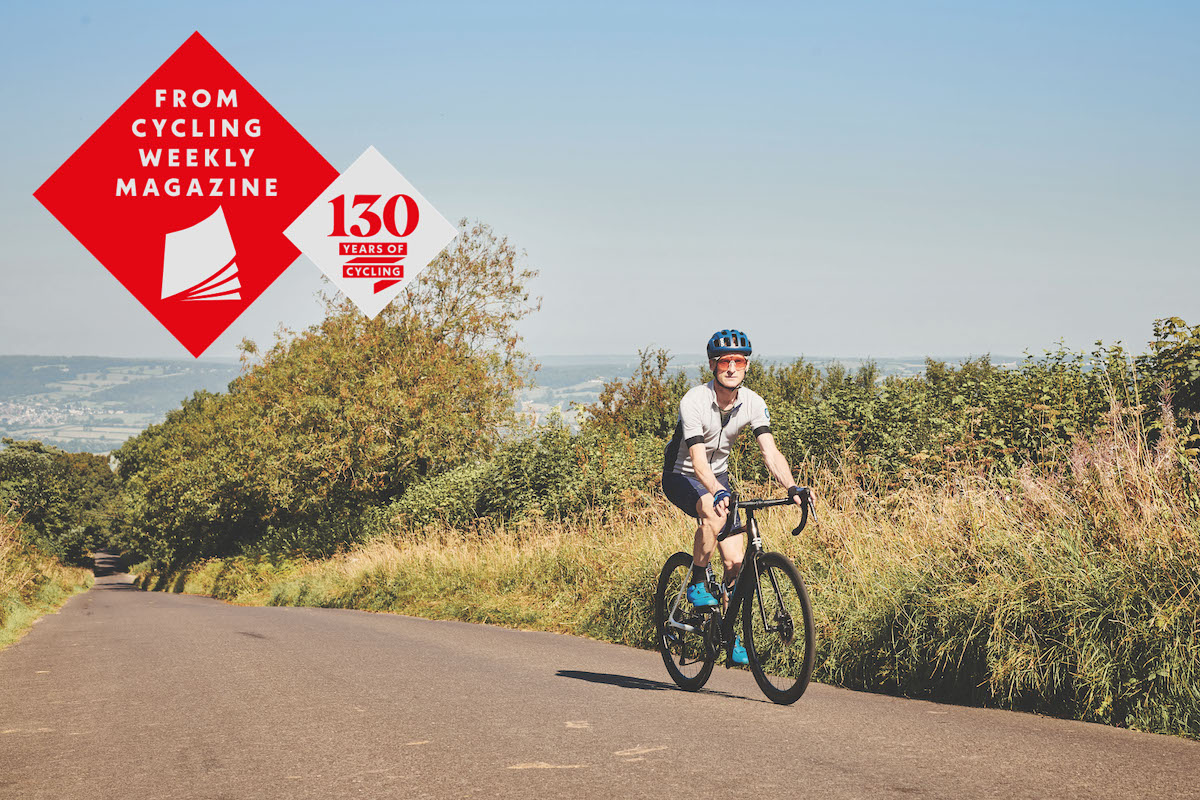 Secrets of the mountain G.O.A.T.s
Secrets of the mountain G.O.A.T.sWhat does it take to excel as a climber? We asked a selection of mountain GOATs – greatest of all time in their respective uphill specialism, from one minute to two full days
By Chris Marshall-Bell Published